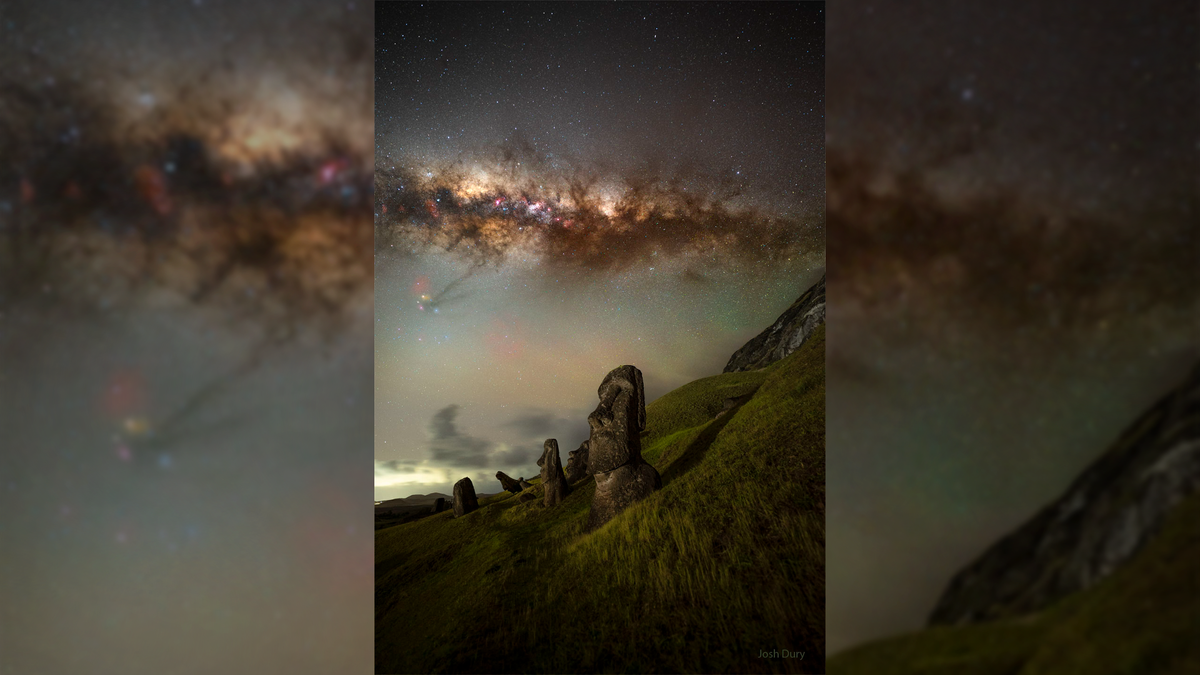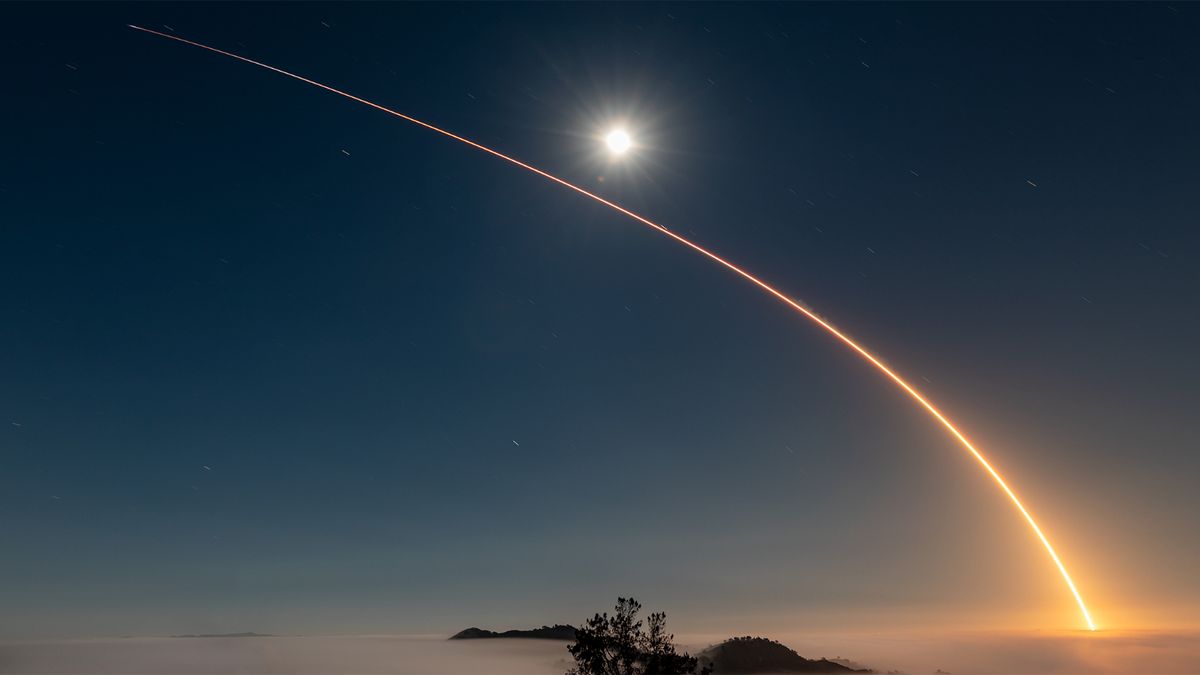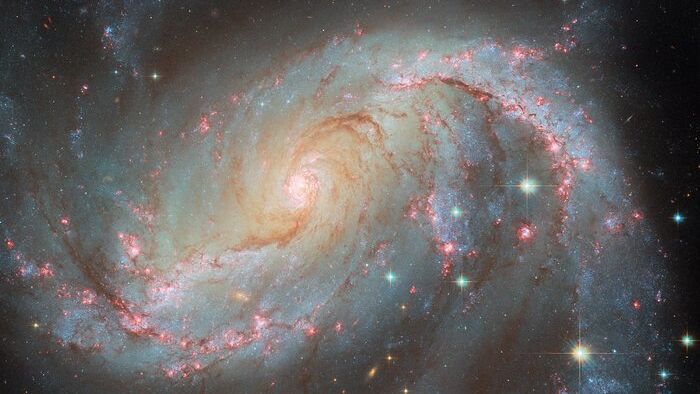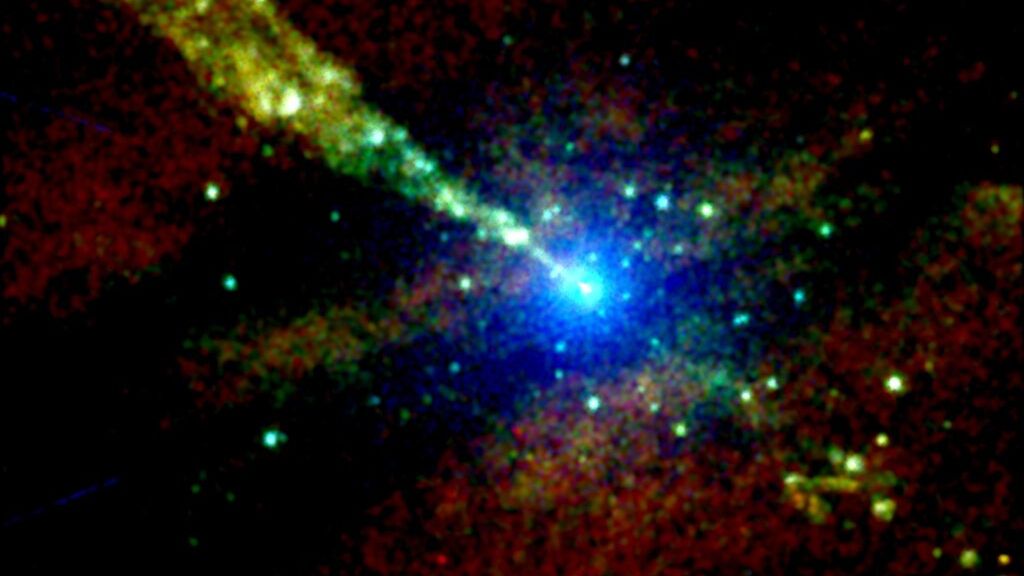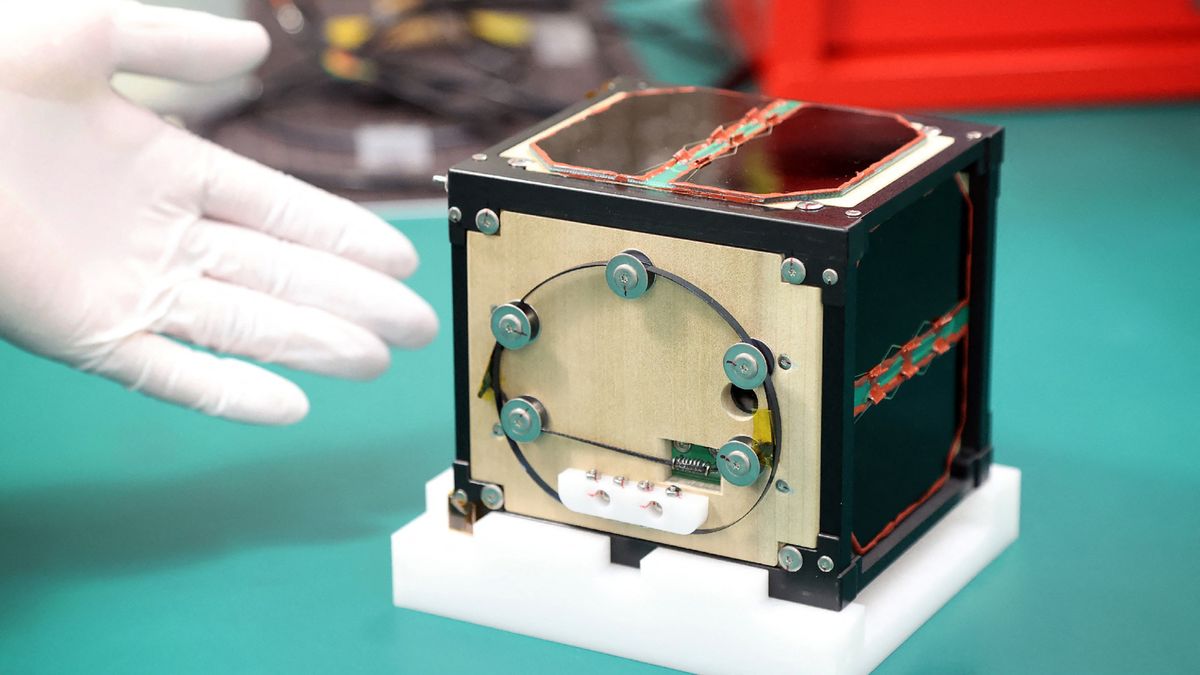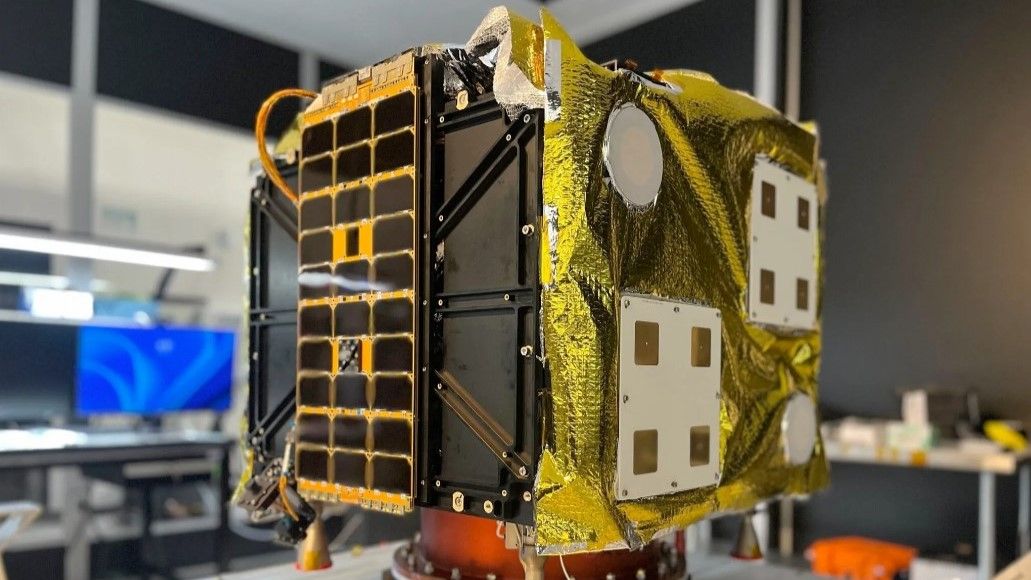Sometimes a photo can captivate so powerfully that you are transported to another place and time. When photographer Josh Dury traveled to Easter Island for last month’s annular solar eclipse, he wasn’t going to let a single moment go to waste. Although primarily there with a group of expert Astro Trails eclipse chasers for the day-time event, Dury also managed to capture some images overnight, with some of the island’s famous statues, known as Moai. Due to its remote location, Easter Island has one of the darkest skies on Earth.…
Read MoreCategory: Solar System
Our solar system
Russia sends 53 satellites to orbit on record-breaking launch (video)
Russia launched 53 small satellites into orbit on Monday (Nov. 4), a mix of Russian and international spacecraft. A Soyuz-2.1b carrier rocket with a Fregat upper stage lifted off from the Vostochny spaceport in the Russian Far East at 6:18 p.m. EST on Monday (2318 GMT; or 2:18 a.m. on Nov. 5 local time). “The hosted payload consisting of 49 Russian satellites, a Russian-Chinese satellite, a Russian-Zimbabwean satellite and two Iranian small satellites was delivered into the designated orbits and separated from the Fregat booster that was launched by a…
Read MoreVenus’ ‘missing’ giant impact craters may be hiding in plain sight
Impact features on Venus may have been staring us in the face all along That’s the message from a team of planetary scientists, who have explained Venus‘ apparent dearth of large craters by discovering that impacts could have produced the mysterious “tesserae” formations on the Venusian surface. Tesserae are large — sometimes continent-size — expanses of terrain that have been deformed and covered with wrinkle ridges, which make the landforms look like sheets of corrugated iron. They are formed by lava welling up to the surface, where it cools and…
Read MoreSpaceX launching 20 Starlink satellites from California early Nov. 9
SpaceX will launch 20 Starlink internet satellites from California early Saturday morning (Nov. 9). A Falcon 9 rocket carrying the Starlink spacecraft — 13 of which have direct-to-cell capability — is scheduled to lift off from Vandenberg Space Force Base on Saturday, during a four-hour window that opens at 1:16 a.m. EST (0516 GMT; 10:16 p.m. Nov. 8 local time). SpaceX will webcast the launch live via X, beginning about five minutes before liftoff. If all goes according to plan on Saturday morning, the Falcon 9’s first stage will come back…
Read MoreSun erupts with powerful X2.3 solar flare, triggers radio blackouts (video)
The sun erupted with an X2.3-class solar flare this morning, triggering radio blackouts The X-class solar flare was released from a sunspot region AR 3883 at 8:40 a.m. ET (1340 UTC) on Wednesday morning (Nov. 6). Sunspots are darker, cooler locations on the sun that measure the size of planets and denote where the sun’s strong magnetic field roils up to its surface. It was the sunspot region’s strongest flare yet. According to Spaceweather.com, the wait is on for scientists to receive data from the coronagraph on the joint NASA/European Space…
Read MoreSupernova hides in new Hubble Telescope galaxy ‘light show’ image (photo)
A celestial light show illuminates a distant spiral galaxy, where a hidden supernova briefly outshines its stellar neighbors in a new image from the Hubble Space Telescope. The galaxy, called NGC 1672, is a barred spiral galaxy located 49 million light-years from Earth in the constellation Dorado. Billions of stars fueled by hydrogen gas in the swirling arms glow brightly across the galaxy, with newly formed and extremely hot stars emitting powerful radiation that creates a vibrant red light, according to a statement from the European Space Agency (ESA). (Hubble…
Read MoreNASA’s Chandra X-ray telescope sees ‘knots’ blasting from nearby black hole jets
Astronomers have scoured decades-old data from NASA’s Chandra X-ray Observatory, finding bright, lumpy features dotting a jet of energy spit out by a nearby black hole. Puzzlingly, the “knots” clock a faster speed when seen in X-rays than they do in radio wavelengths. scientists said. “The X-ray data traces a unique picture that you can’t see in any other wavelength,” study lead author David Bogensberger, an astrophysicist at the University of Michigan, who led the new study, said in a recent news release. “We’ve shown a new approach to studying…
Read MoreWorld’s 1st wooden satellite arrives at ISS for key orbital test
This new spaceflight tech has a very retro feel. The world’s first wooden satellite, a tiny Japanese spacecraft called LignoSat, arrived at the International Space Station (ISS) today (Nov. 5) aboard a SpaceX Dragon cargo capsule. LignoSat measures just 4 inches (10 centimeters) on each side, but it could end up having a big impact on spaceflight and exploration down the road. “While some of you might think that wood in space seems a little counterintuitive, researchers hope this investigation demonstrates that a wooden satellite can be more sustainable and…
Read MoreSave $300 on the HTC VIVE Pro 2 VR headset, the best high-resolution option
Save $300 on the HTC VIVE Pro 2 VR headset when you get it from Walmart. We rate it as the best high-resolution VR headset on the market in our best VR headsets guide and you can save big before Black Friday by grabbing it now. The HTC VIVE Pro 2 VR headset is now $300 off at Walmart ahead of Black Friday. This deal is also available on Vive’s website. In our review of the HTC VIVE Pro 2, we found a lot to like, especially now it’s heavily…
Read MoreAsteroid-mining company AstroForge gets 1st-ever FCC license for commercial deep-space mission
Asteroid prospecting company AstroForge has been awarded the first-ever commercial license for operating and communicating with a spacecraft in deep space, ahead of its Odin mission that’s set to launch and rendezvous with a near-Earth asteroid in early 2025. The license, granted by the U.S. Federal Communications Commission (FCC) on Oct. 18, pertains specifically to setting up a communication network with radio ground stations on Earth, to enable commands to be sent up to Odin and data to be transmitted back to Earth. In this case, deep space is defined…
Read More